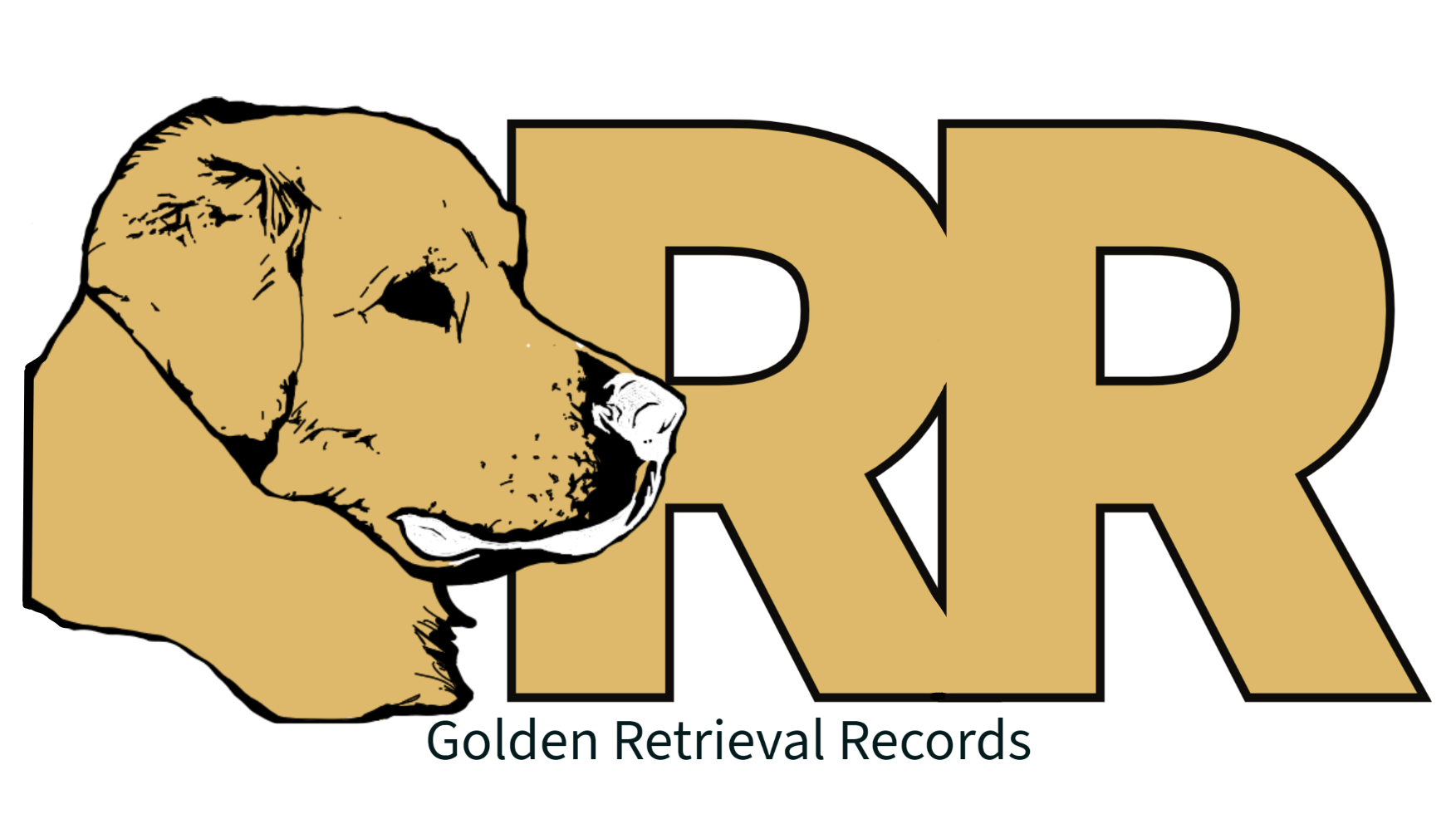Recently I have seen several posts on the internet with tips on how to successfully request medical records. These posts will say things that add up to “have all of your ducks in a row” or “make sure you know what you want”.
I won’t say that these are unnecessary, but if you have gotten this far I think you understand that you have to comply with HIPAA, as well as your state when making a request. I also hope you know what you are looking for, because not knowing that would be a hindrance to this whole process.
By this point you’re probably thinking to yourself, why should I listen to this guy? You should listen to me because I do this every day and I am going to tell you the tricks that I frequently use to make national medical record retrieval effective and not be a bad part of the day. Some providers are phone calls that I look forward to because it is always a positive experience for both them and myself.
Figure out the times that you are least and most likely to get through to the provider.
When you know this you can optimize your daily schedule. I tend to get through to providers most often early in the morning, thirty minutes after they open until about two hours after that. So my calendar is set to make maximum use of this call time and in the afternoon I send out my requests as that time is not as productive.
Use Microsoft Word, Google Docs, or other software to minimize request drafting time.
It’s 2022 if you aren’t leveraging the power of the computer to help you, it’s time to start. They are here to stay and they are here to make your life easier. When I started, I took a couple of hours and optimized all of my forms so I only had to put information in once and it automatically fills in the document, in the correct format. This, coupled with the power of copy and paste makes it overall less time-consuming and avoids typos.
Remember who you regularly speak to at each facility.
By remembering the name of those that I speak to at each facility I then use their name during the conversation. By using this tactic I show that I remember them and have invested time into remembering them, creating a positive experience for them, and incentivizing them to complete the request.
Know the medical jargon.
Here at Golden Retrieval, we have a bit of an unfair advantage, our team is full of people who interact with doctors on a very regular basis and have studied much of the same material as they did before medical school. The point still stands, if you want to get a client’s chart from the ambulance, asking them for the radiology records won’t get you what you want.
Keep a list of contact information with how recently it was verified.
This one is taking the usual contact tracking one step further. If you know how recently the fax number was verified then you can save time by avoiding checking it if it is a recently found number. If the contact information is getting old, think eight to ten months, it would be prudent to check that next time you have to give them a call. Most contact books that I have seen do not have this feature built-in, to get around it I place the date that I last verified the fax number into the birthdate field allowing me to check its status every time I send a request their way.

Leave a Reply